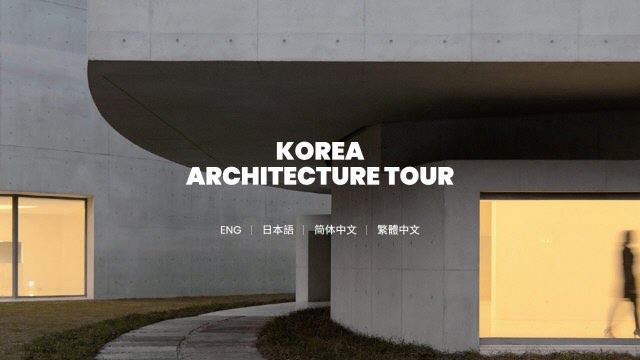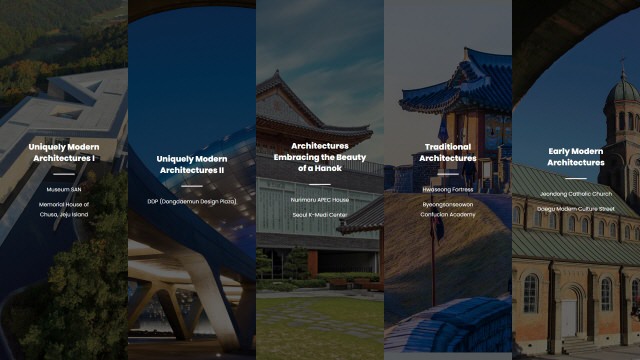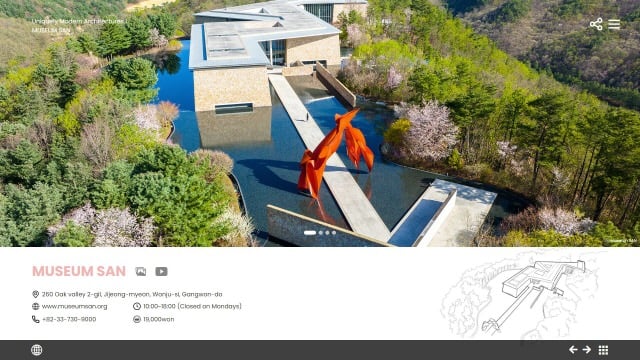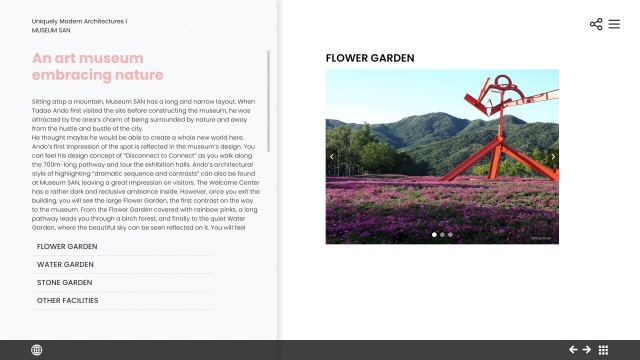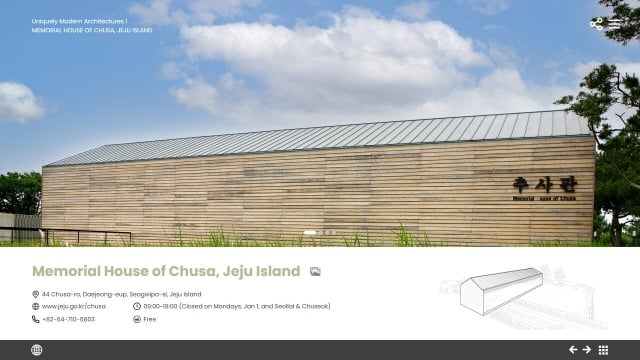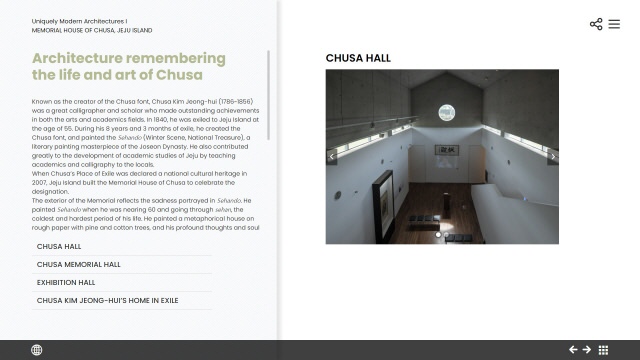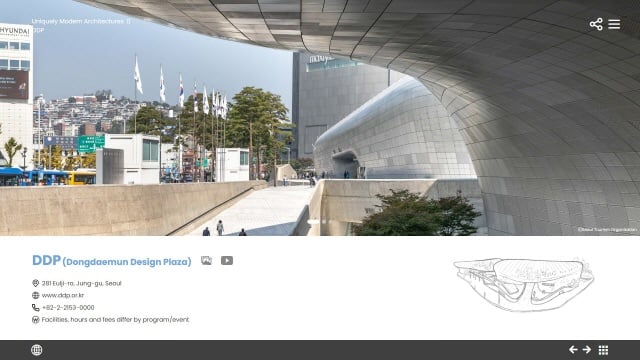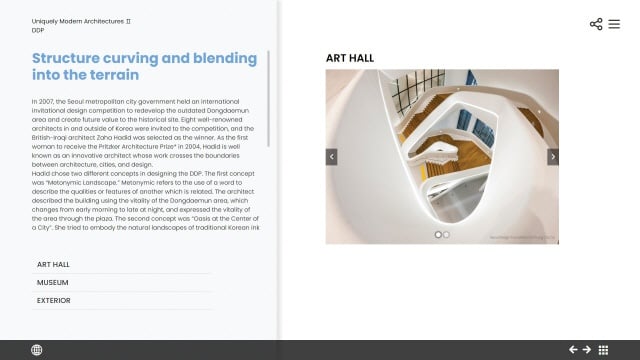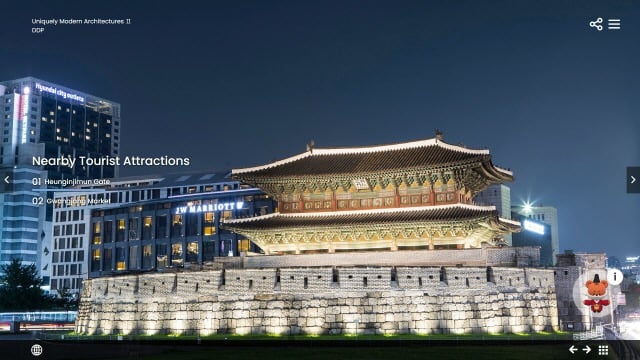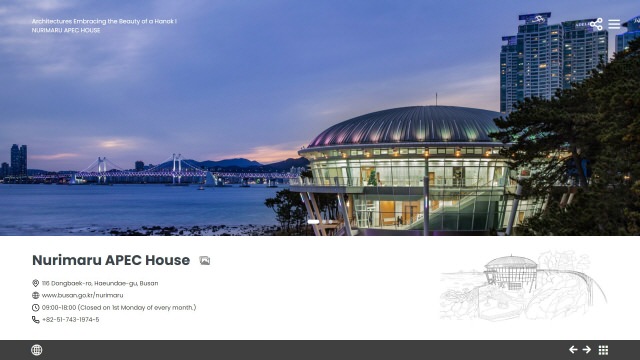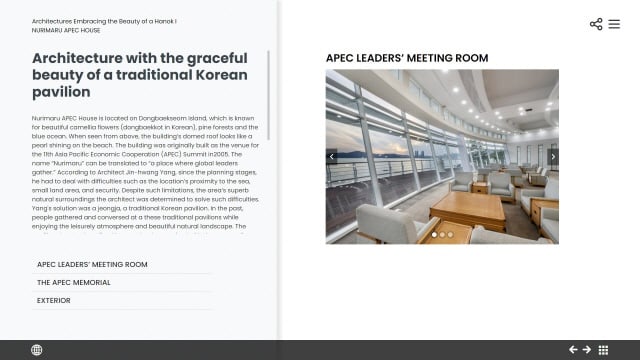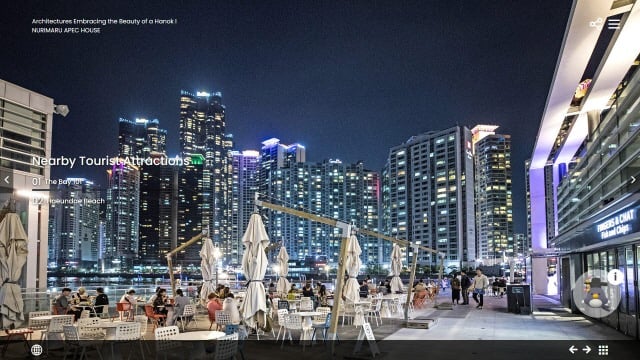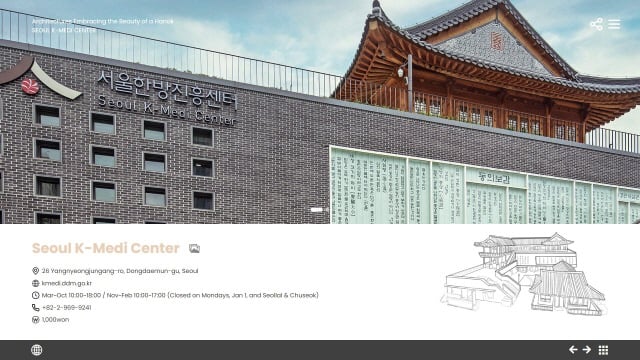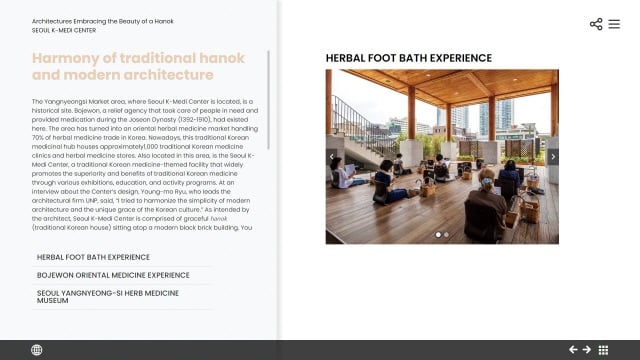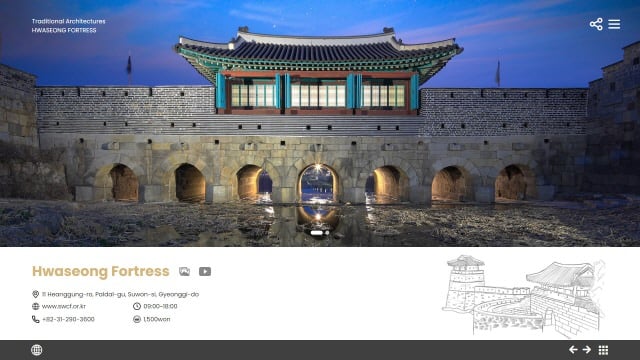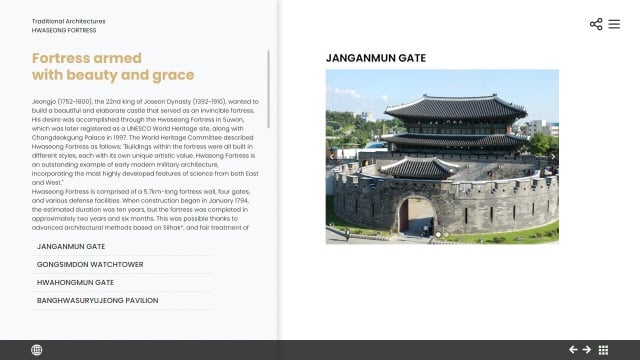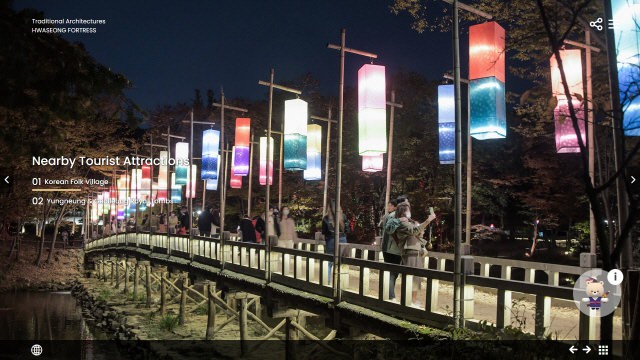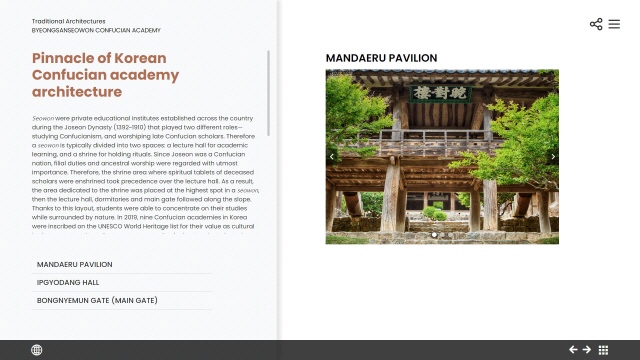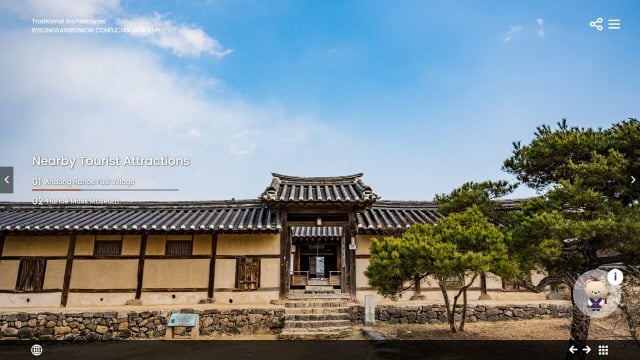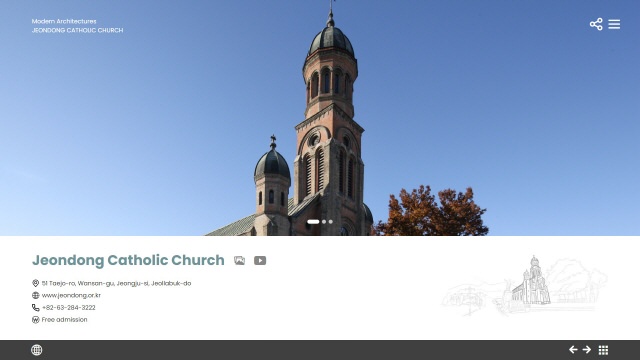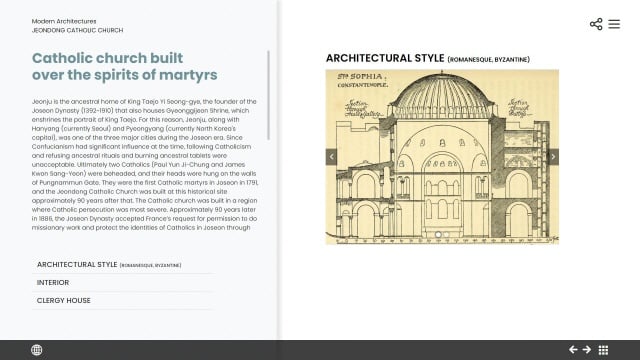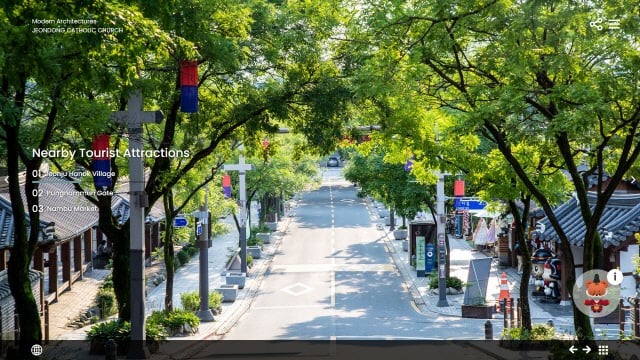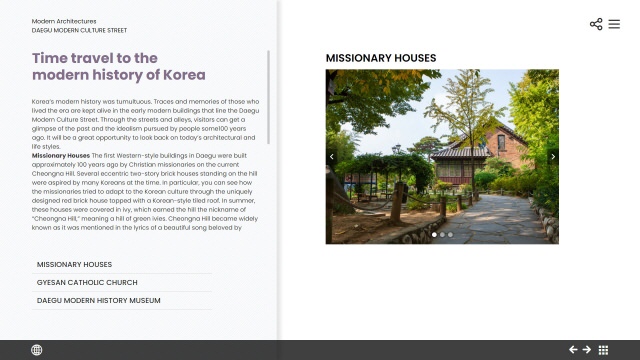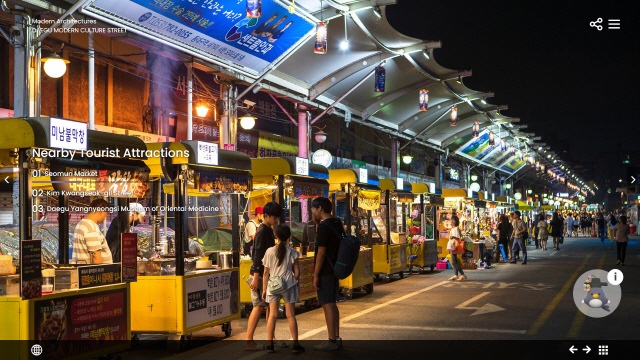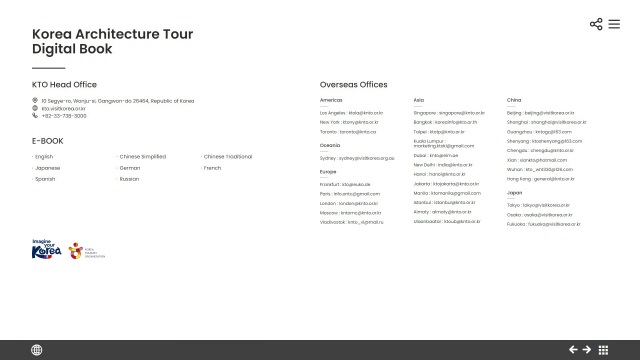ⓒ Panta Creation
281 Eulji-ro, Jung-gu, Seoul
+82-2-2153-0000
Facilities, hours and fees differ by program/event
Structure curving and blending into the terrain
In 2007, the Seoul metropolitan city government held an international invitational design competition to redevelop the outdated Dongdaemun area and create future value to the historical site. Eight well-renowned architects in and outside of Korea were invited to the competition, and the British-Iraqi architect Zaha Hadid was selected as the winner. As the first woman to receive the Pritzker Architecture Prize* in 2004, Hadid is well known as an innovative architect whose work crosses the boundaries between architecture, cities, and design.
Hadid chose two different concepts in designing the DDP. The first concept was “Metonymic Landscape.” Metonymic refers to the use of a word to describe the qualities or features of another which is related. The architect described the building using the vitality of the Dongdaemun area, which changes from early morning to late at night, and expressed the vitality of the area through the plaza. The second concept was “Oasis at the Center of a City”. She tried to embody the natural landscapes of traditional Korean ink wash paintings into the DDP’s design to create a downtown oasis in contrast to the dense array of building in the area. Under these two concepts, DDP became an urban “shelter,” whose dynamic structure seamlessly melds with the surrounding landscape. When the building was completed, it faced criticism citing that DDP’s sensational design did not match the historical and traditional city of Seoul. However, it has overcome all criticism and is now a major landmark of the city included in the “52 Places to Go in 2015” by the New York Times. It is perhaps the world’s biggest three-dimensional irregularly-shaped building covered with 45,000 aluminum panels, each of a different size and shape, to reflect the unique structure. Its curves flow inside out and vice versa, allowing visitors to smoothly flow from one space to another. You will feel the dynamics of the space wherever you are in the building.
*The Pritzker Architecture Prize honors a living architect who demonstrated a combination of talent, vision, and commitment through the art of architecture and produced consistent and significant contributions to humanity and the built environment. The award is often referred to as the Nobel Prize of architecture.
Art Hall
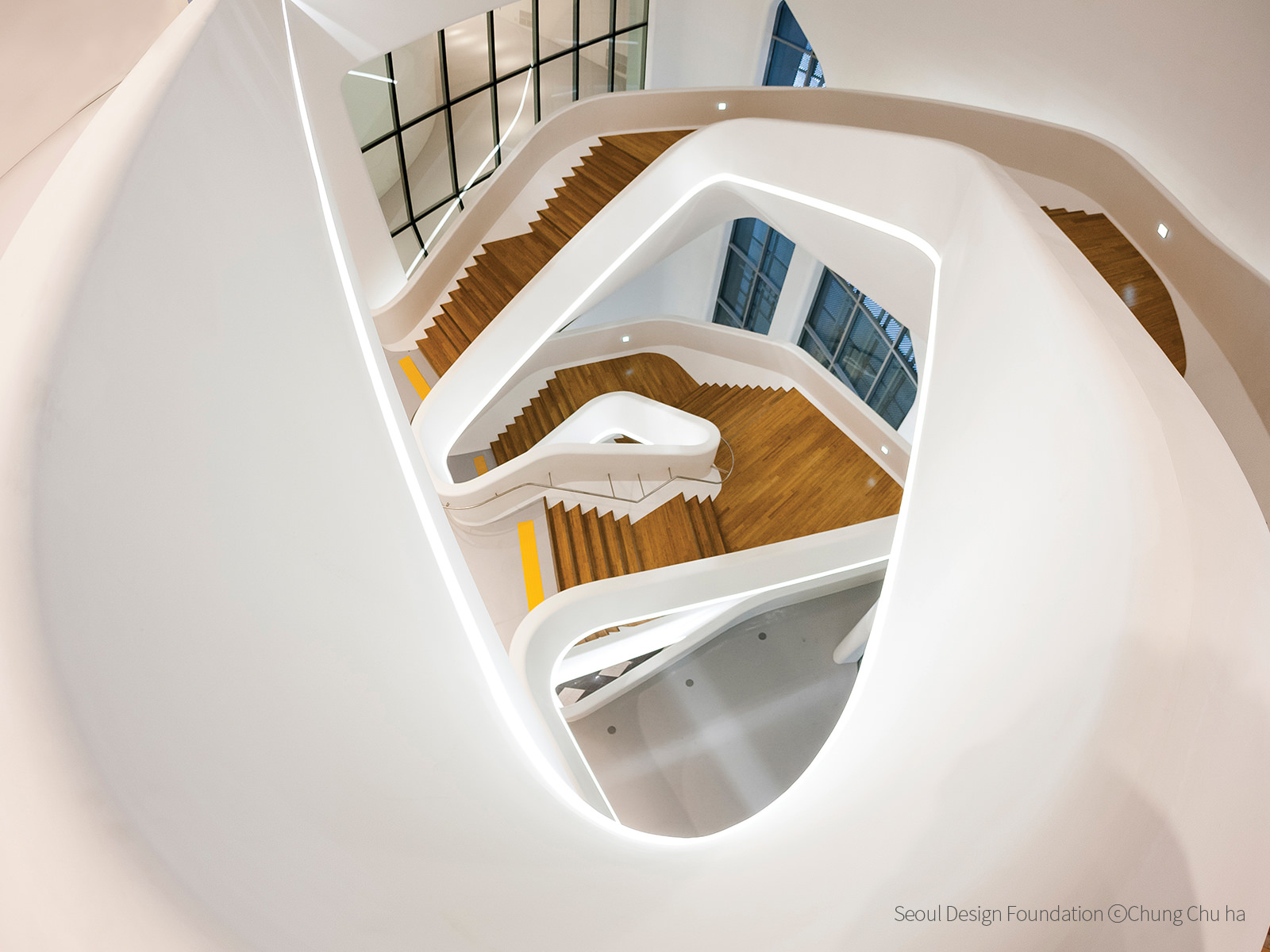
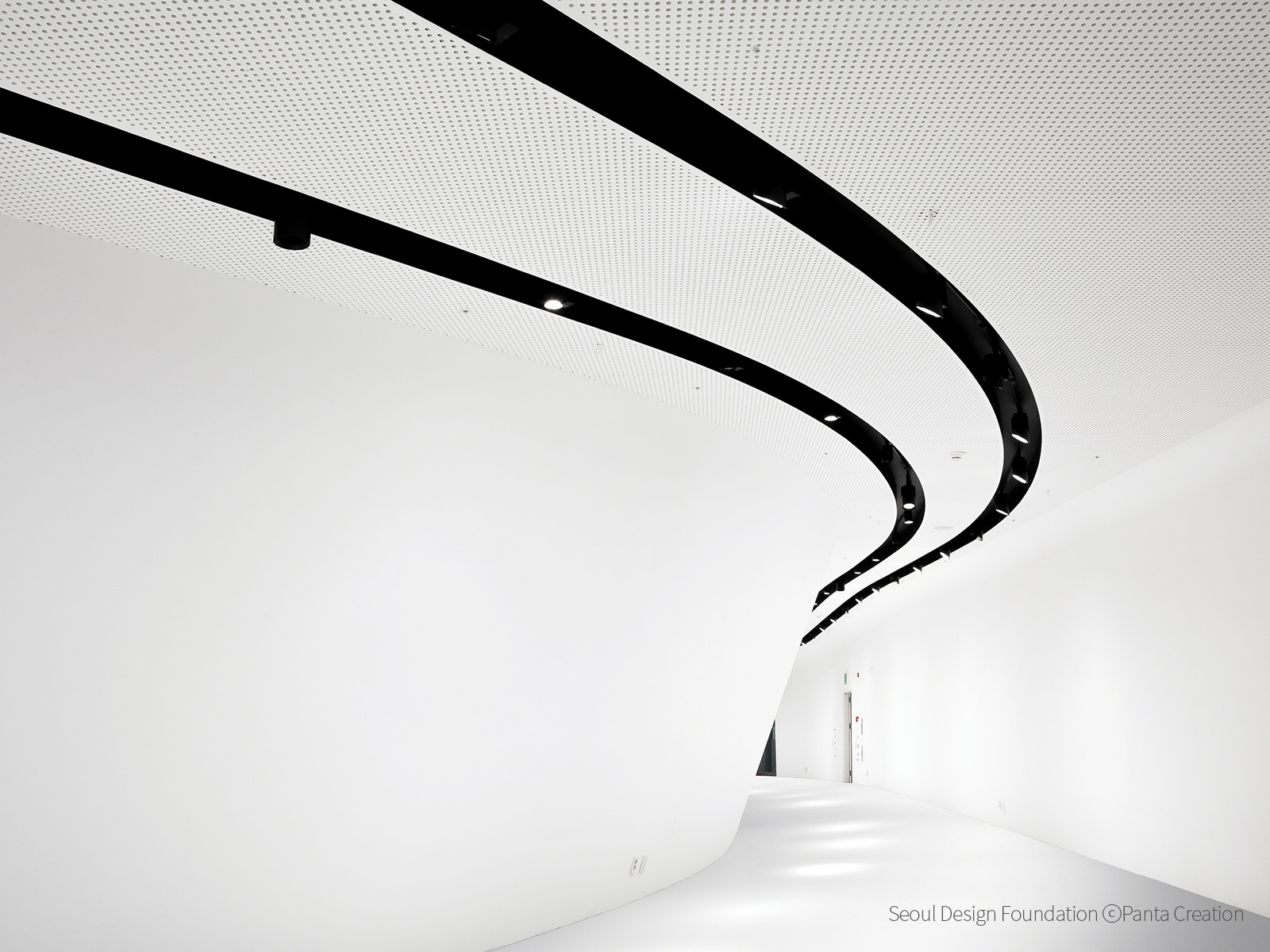
Museum
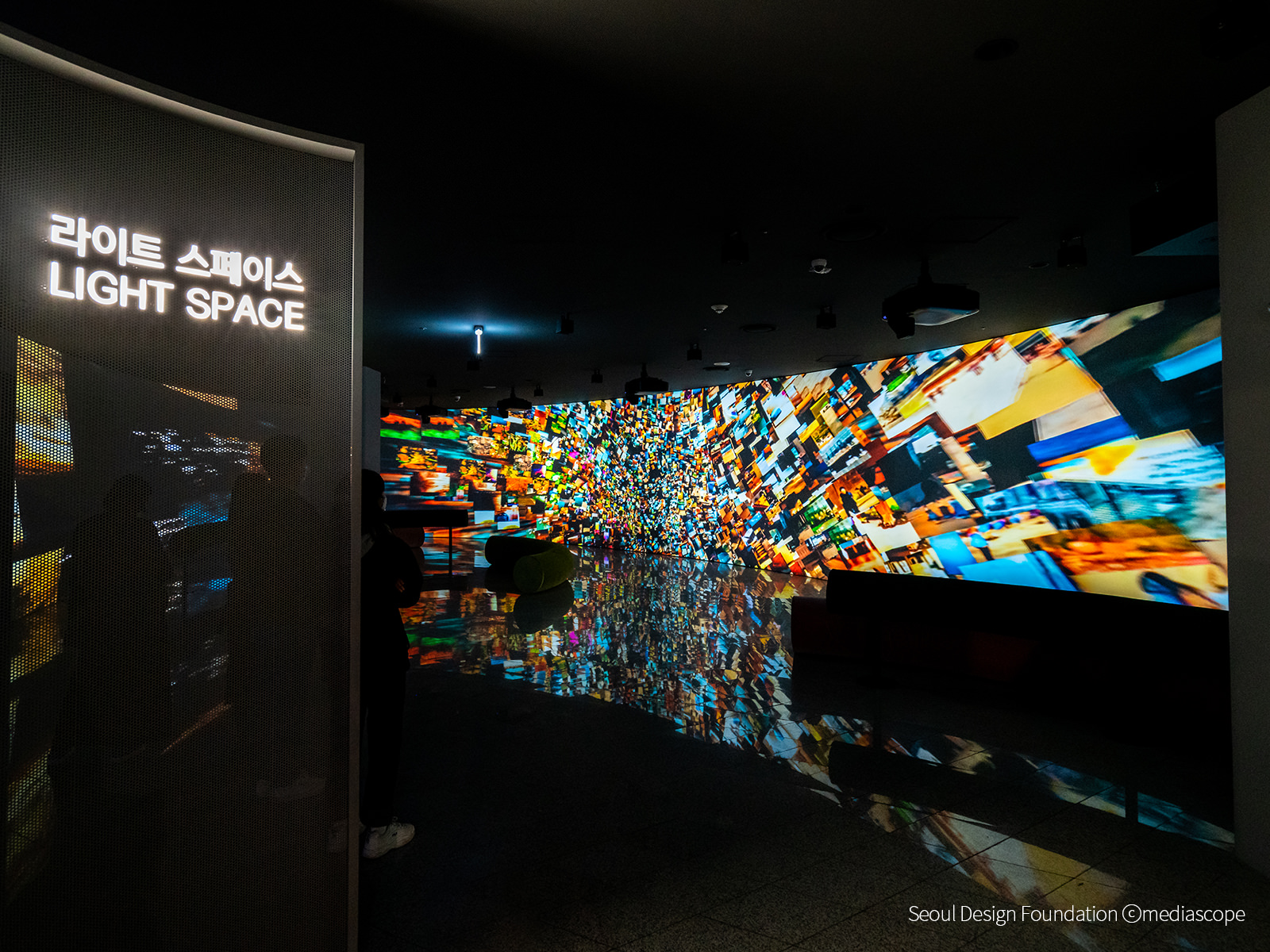
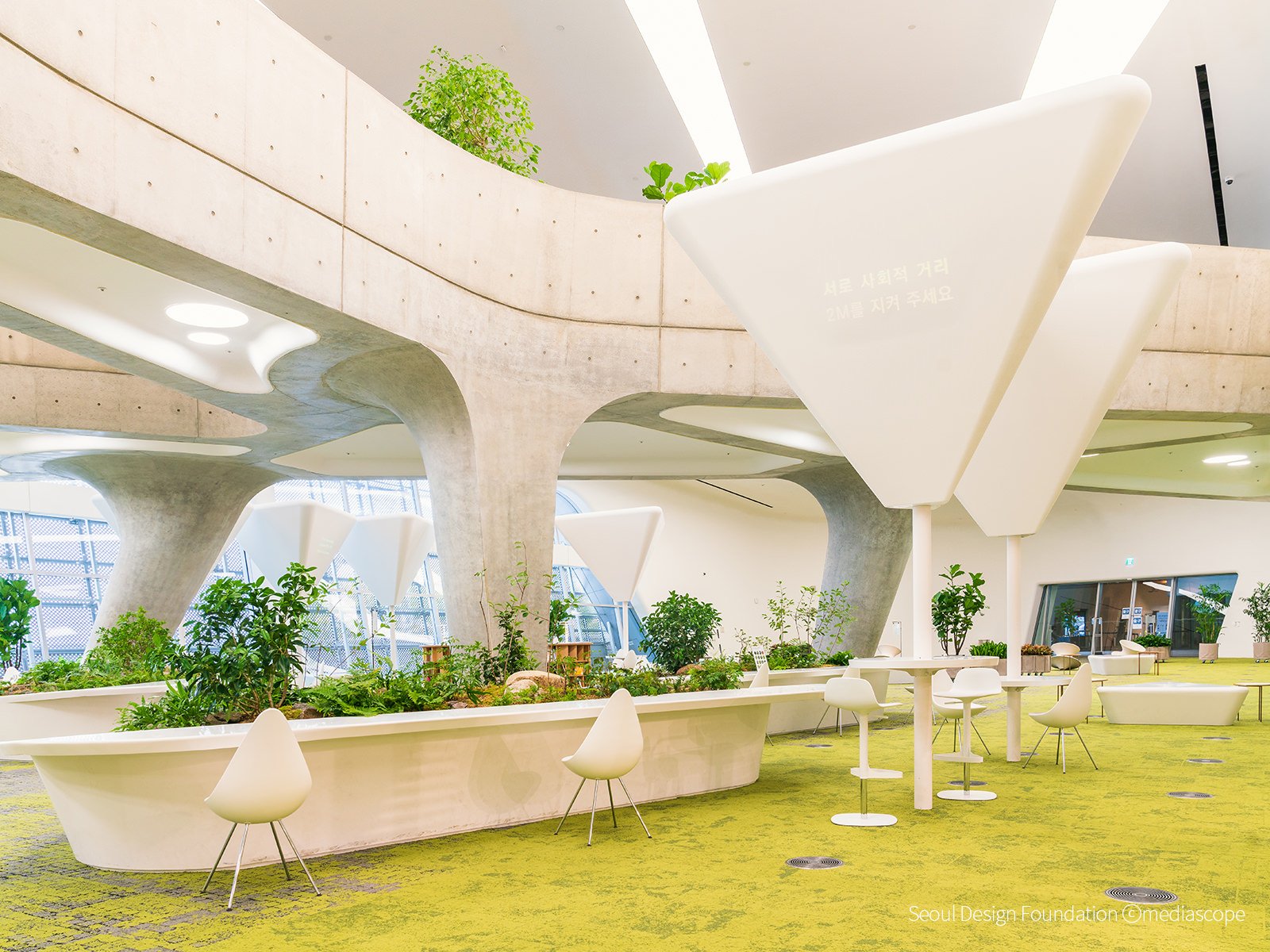
EXTERIOR
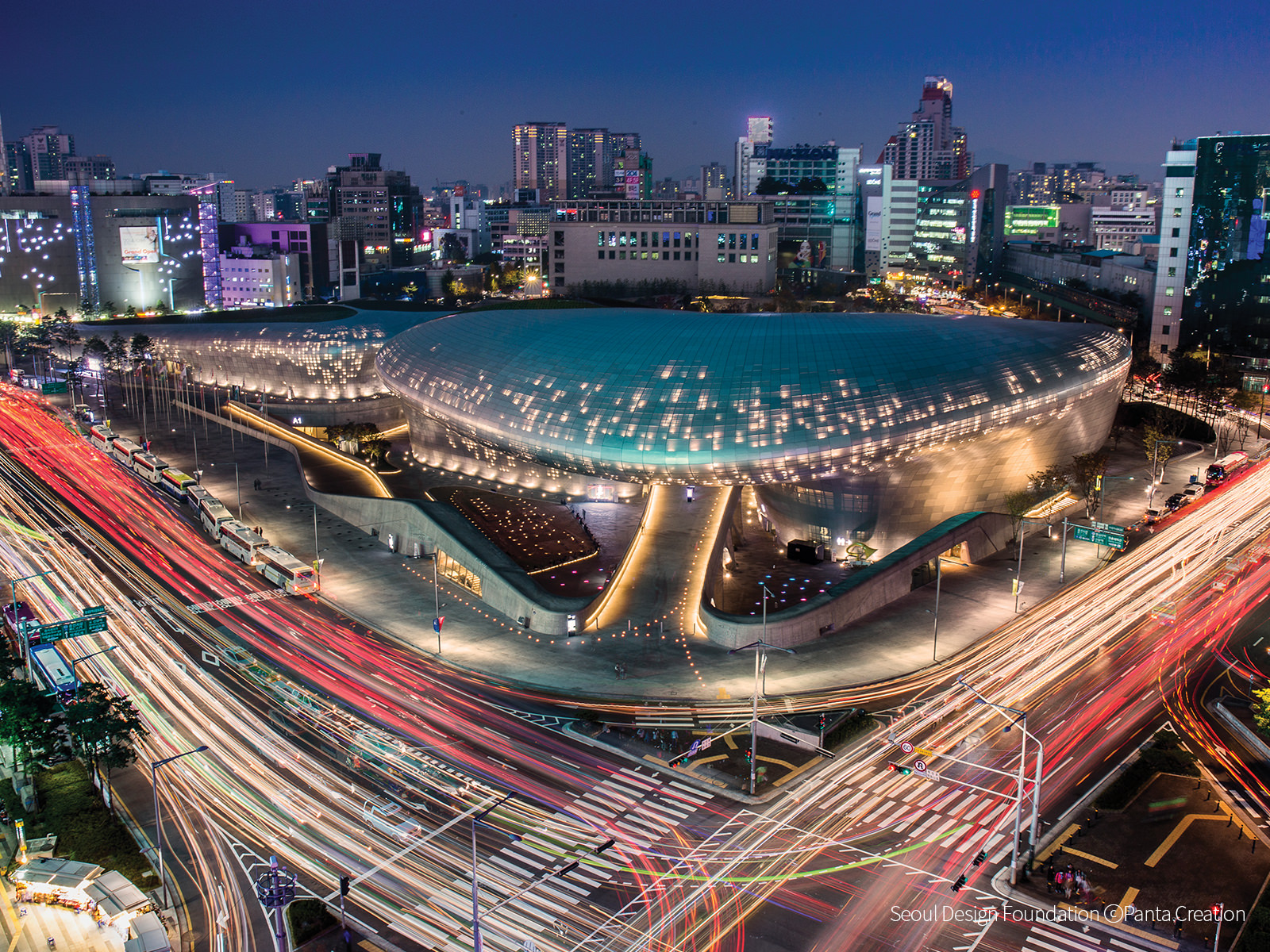
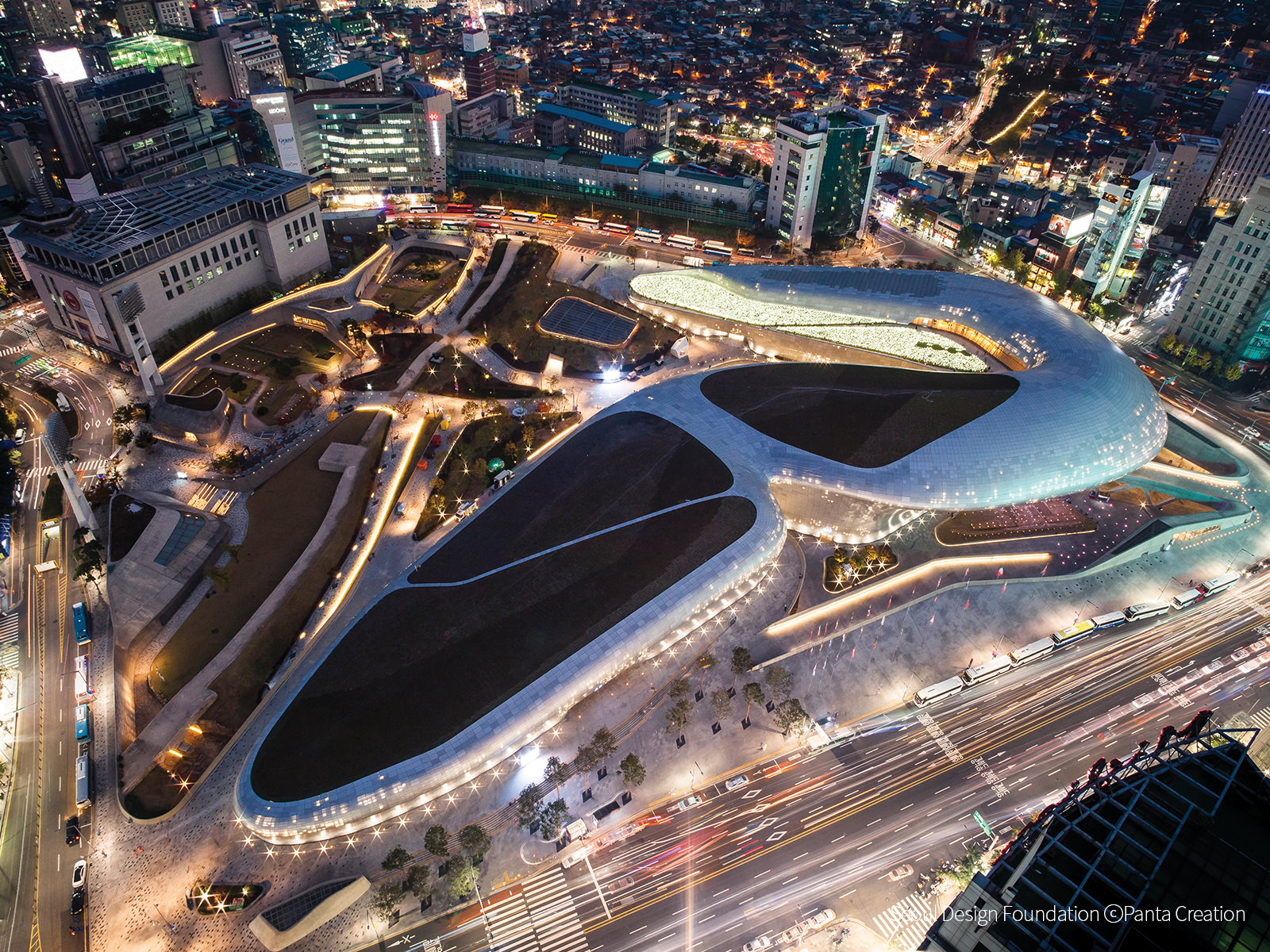
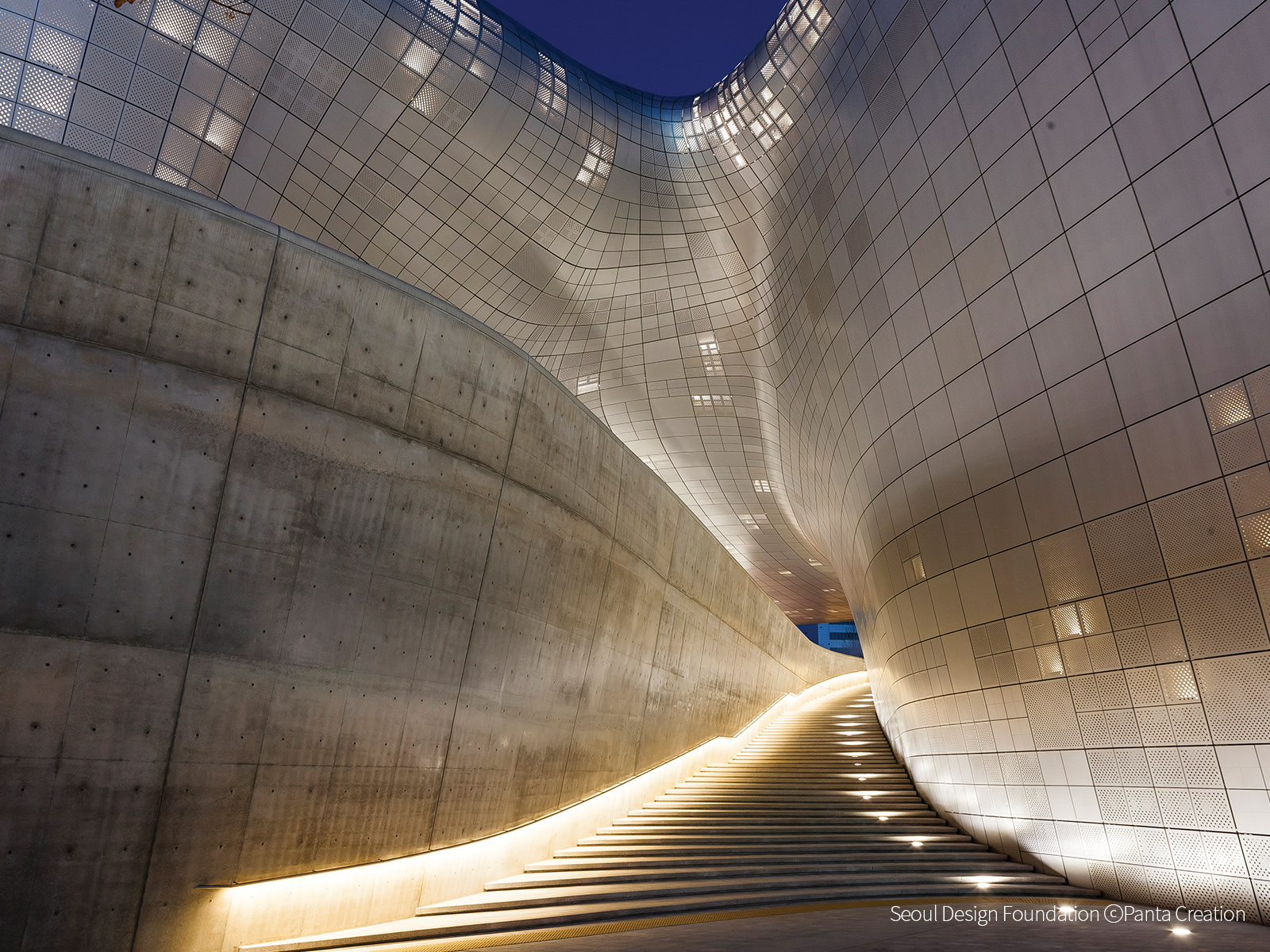
ⓒSeoul Tourism Organization
Nearby Tourist Attractions

- 288 Jong-ro, Jongno-gu, Seoul
ⓒSeoul Tourism Organization
Nearby Tourist Attractions

- 88 Changgyeonggung-ro, Jongno-gu, Seoul
- www.kwangjangmarket.co.kr
- +82-2-2267-0291
- 09:00~18:00
